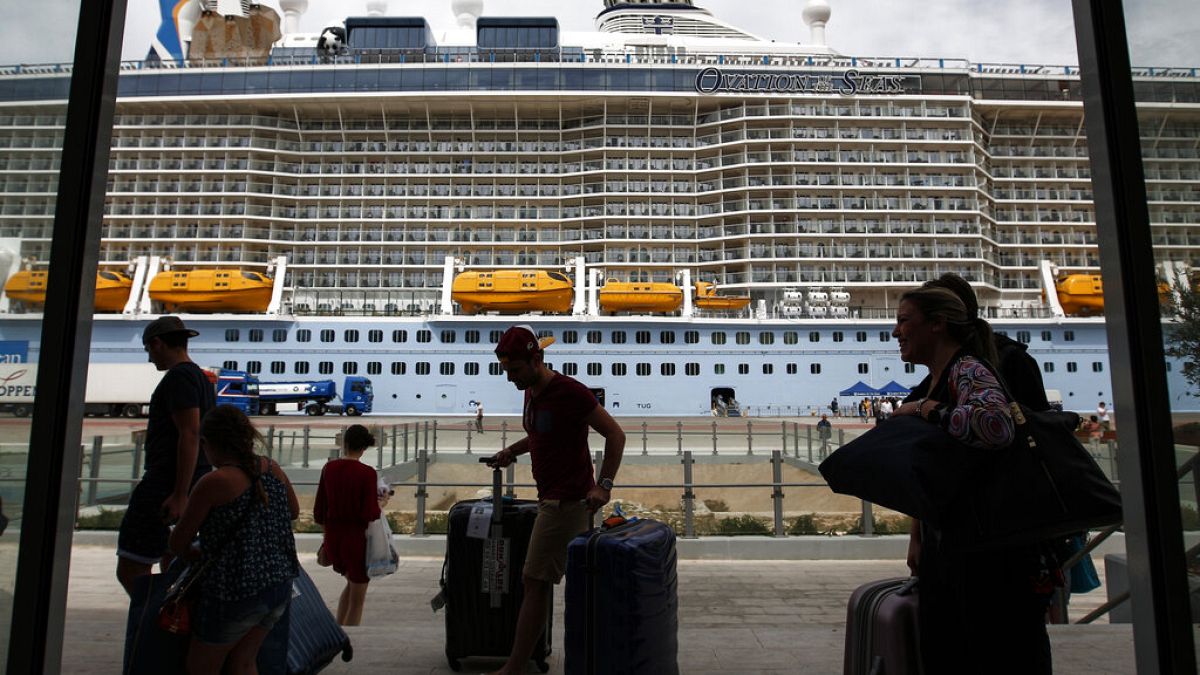ADVERTISEMENT
As of Monday morning, cruising the Greek islands became a little more expensive for everyone.
Under a government decision that went into effect on 21 July, cruise ship passengers disembarking on Greek islands will pay an extra charge. The so-called cruise fee has been officially dubbed the “sustainable tourism fee” by the Greek government.
The fee is higher for the popular islands of Mykonos and Santorini, where it aims to curb overtourism and help the struggling infrastructure of these hotspots cope with rising tourist numbers.
A total of 768 cruise ships and around 1.29 million tourists visited Mykonos last year, according to the Hellenic Ports Association.
But how much more money does each cruise passenger pay?
What is the cost of disembarking on Greek islands?
According to official information from the Greek government, there are several different charging periods for the cruise fee and a different charge depending on the island of disembarkation.
For the period from 1 June to 30 September, the fee will be €20 for disembarkation at ports on the islands of Mykonos and Santorini. For other ports, it will be €5.
During shoulder season in October and from 1 April to 31 May, the fee for Mykonos and Santorini the fee drops to €12 for Mykonos and Santorini and €3 for all other ports.
And, during the winter months from 1 November to 31 March, the fee is just €4 for Mykonos and Santorini and €1 for other ports.
The charge will be applied per passenger and per port where they disembark.
What happens if the cruise fee is not paid
Cruise companies or agents are responsible for paying the fee, which will be declared via a dedicated digital platform. They will then pay the fees they have accrued from passenger disembarkations quarterly.
If the cruise company does not pay the money, the port authorities can prohibit further calls of the cruise ship to the Greek islands and the disembarkation of tourists.











